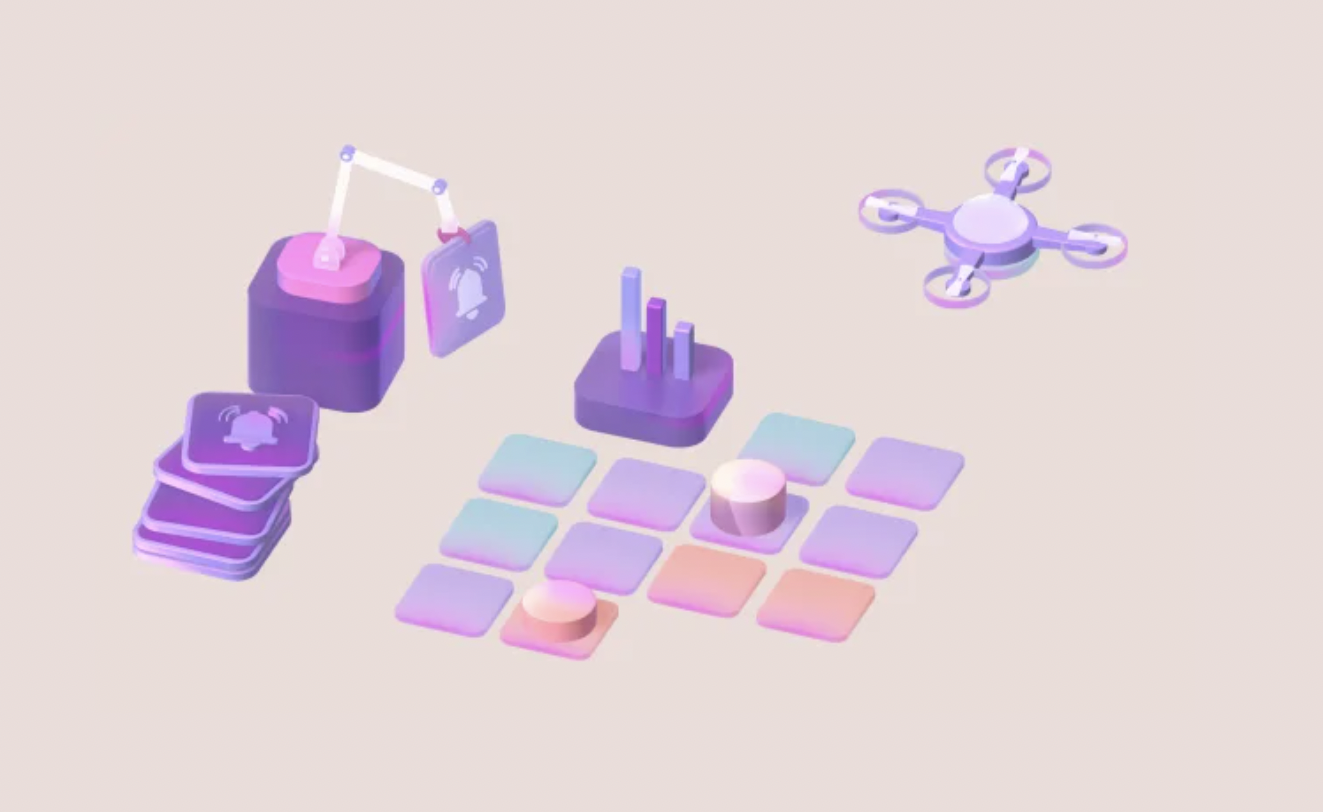“We like web3.storage because it’s very simple and easy to use! The library and pinning time is blazingly fast, and there’s no provider downtime noticed so far.” - Harsh Rajat, Founder and Project Lead, Push Protocol
About the business?
Push Protocol is a Web3 communication protocol for dApps, wallets, and services. It enables cross-chain notifications and messaging for wallet addresses in an open, gasless, platform-agnostic fashion, and it is currently live on Ethereum and Polygon.
Problem to solve?
Push Protocol needed a storage system that could be used to store icons associated with user-facing protocol channels. These icons are visible when users browse the channels. Verifiable storage was required so that content identifiers could be safely passed to the frontend of the protocol dApps. The rest of the Push Protocol stack is decentralized, driving the need for a decentralized storage system.
What role does web3.storage play in the solution?
web3.storage plays a vital role in the solution by offering a decentralized and secure storage system. Push nodes (implemented in Node.js) use the web3.storage npm package to upload channel icons and store the resulting verifiable hash, which is passed onto the frontend dApps using the Push Protocol SDK. web3.storage provides fast upload times and no service downtime, making data available to the web and the decentralized IPFS network, streamlining the user’s storage experience.
How’s it going?
Because of web3.storage, the business is succeeding in quickly, efficiently, and reliably uploading channel's icons onto IPFS and then using the content hash in dApps. This has allowed Push Protocol to power over 45 million notifications to over 60,000 subscribers, across more than 100 integrations. These users are further building on the Push Protocol stack to create a number of applications, from DEXes to DeFi and NFTs to consumer apps. Push Protocol has recently opened up governance so the community can guide the future of Web3.




